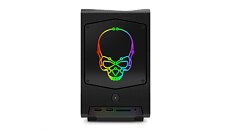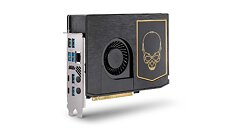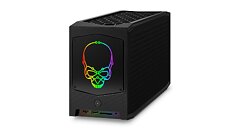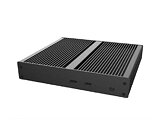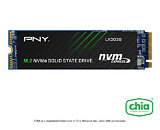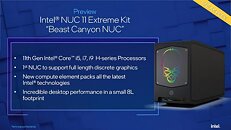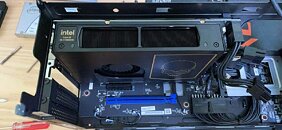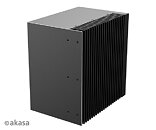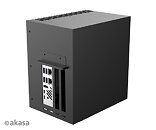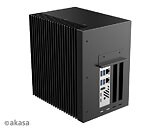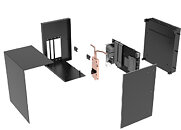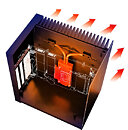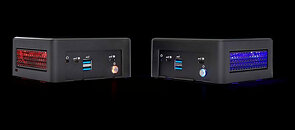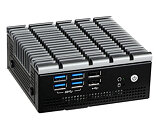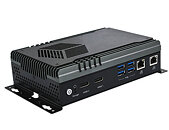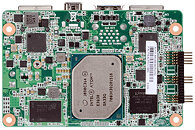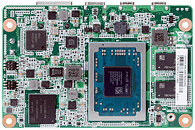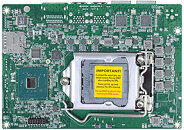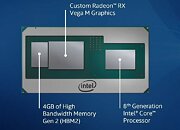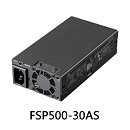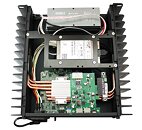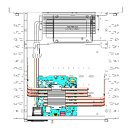
Simply NUC Launches the First 4x4 NUC Powered by 12th Gen Intel Core Processors
Simply NUC, Inc, a leading mini PC integration company, announces we are taking orders for our new Topaz 2 NUC. As the successor to the first generation Topaz, Topaz 2 is the first available NUC to be powered by Intel's latest 12th Gen Core processors. From home office to digital signage, Topaz 2 is designed to be used across a wide range of computing applications. Offering up to 12 cores and 16 threads paired with the new Intel Thread Director, Topaz 2 provides powerful performance no matter the application or workload, thanks to its hybrid core architecture.
Starting at $599, three Topaz 2 models (NUC12TZi7, NUC12TZi5, and NUC12TZi3) are available to preorder from Simply NUC across our global sites. The NUC12TZi7 model based on the Intel Core i7-1260P processor is intended for usage where higher performance is needed. To accommodate a variety of price points, more cost-effective performance options are also available with the NUC12TZi5 model based on the Intel Core i5-1240P processor and the NUC12TZi3 model based on the Intel Core i3-1215U processor. Units are expected to begin shipping in late June.
Starting at $599, three Topaz 2 models (NUC12TZi7, NUC12TZi5, and NUC12TZi3) are available to preorder from Simply NUC across our global sites. The NUC12TZi7 model based on the Intel Core i7-1260P processor is intended for usage where higher performance is needed. To accommodate a variety of price points, more cost-effective performance options are also available with the NUC12TZi5 model based on the Intel Core i5-1240P processor and the NUC12TZi3 model based on the Intel Core i3-1215U processor. Units are expected to begin shipping in late June.





























